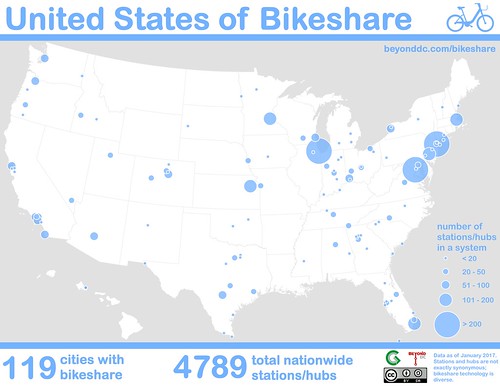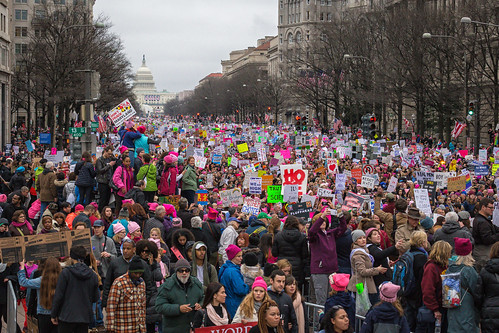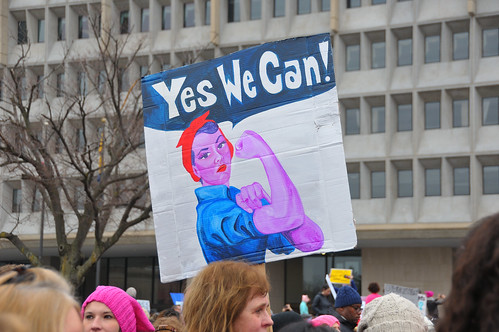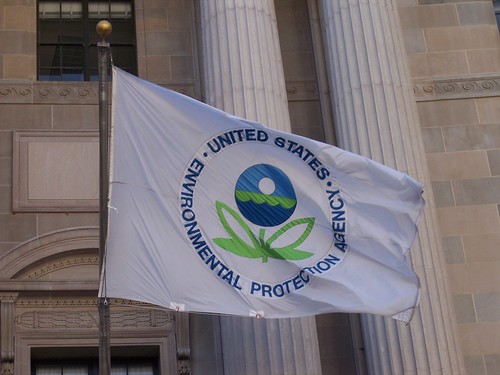Almost every large city in the United States now has bikeshare. Any city without it should count itself way, way behind the curve. There are at least 119 systems nationwide, covering all but two of the 20 largest urban areas.

This map shows every bikeshare system in the country with at least two stations. The 119 nationwide systems together have about 4, 800 stations.
The largest networks by far are in New York, Chicago, and Washington. A second tier is led by Minneapolis, Boston, and Miami.
Of the 20 largest urban areas, only Saint Louis and Detroit still lack bikesharing. Unfortunately, Seattle’s Pronto will be the first major US bikeshare system to fail when it shuts down in March, adding a third.
Here are the ten largest systems. Or see the complete list of all 119.
Ten largest US bikeshare systems
| Rank | City | Stations |
| 1 | New York | 645 |
| 2 | Chicago | 581 |
| 3 | Washington | 437 |
| 4 | Minneapolis | 197 |
| 5 | Boston | 184 |
| 6 | Miami | 147 |
| 7 | Topeka | 138 |
| 8 | Philadelphia | 105 |
| 9 | Portland | 100 |
| 10 | San Diego | 95 |
There’s so much bikeshare, and its so diverse, that it’s hard to count
It’s been less than 10 years since the first large-scale bikesharing systems debuted in the United States. In that time, bikes have spread like wildfire across the country. This list only includes networks with at least two stations, but bikesharing has become so ubiquitous that individual buildings now offer single-station systems.
Even then, I’ve probably missed a few. It’s become virtually impossible to count them all. If you know of a missing system, mention it in the comments at GGWash.
Furthermore, it’s hard to compare the systems on an apples-to-apples basis. The older and larger bikeshare systems rely solely on stations to dock bikes. But many newer systems don’t need docks, or have simple racks instead of docks that serve as hubs. Comparing “hubs” and “stations” can exaggerate the size of hub-based systems.
That explains Topeka, which clocks in at number seven on the nationwide list with 138 hubs. But Topeka’s an unusual network; it actually has more hubs than bikes. With only about 100 actual bicycles, most of its hubs are usually empty. The network functions uniquely from any other in the country; even other hub-based systems don’t have that kind of ratio.
Topeka’s urban area is about the same population as Frederick, Maryland, so its system is remarkable no matter what. But it’s not actually larger than Philadelphia’s. If Topeka were a station-based network, it would probably have around a dozen stations.
The full 119-station list indicates hub-based systems with an asterisk, so you can spot them.
Thanks to The Bike-sharing Blog for its excellent resources on worldwide bikeshare locations.
 Comment on this at the version cross-posted to at Greater Greater Washington.
Comment on this at the version cross-posted to at Greater Greater Washington.
January 26th, 2017 | Permalink
Tags: bike, transportation



























